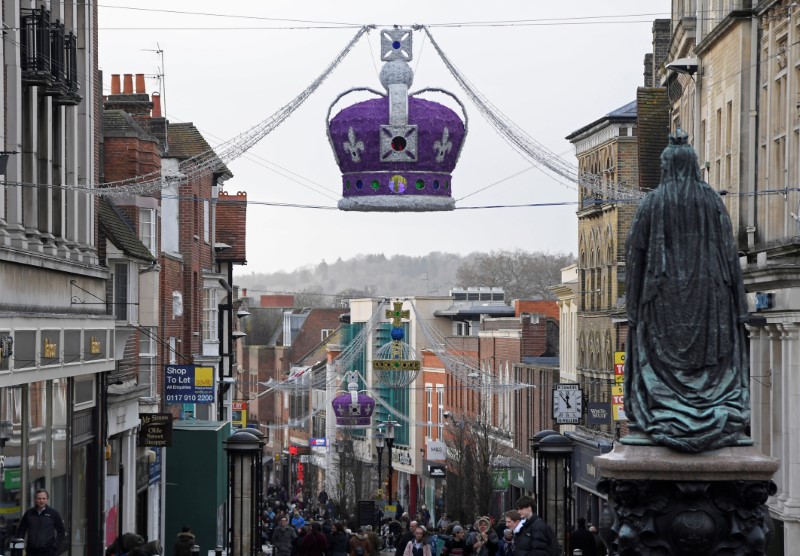
© Reuters. UK inflation comes on soft, utilities and transport lead the way
Proactive Investors – January’s UK inflation print came in at a , 20 basis points lower than the 4.2% expected.
– which strips out volatile food and energy costs – also came in slightly softer than expected, at 5.1% instead of 5.2%.
This means both metrics were , which itself was close to November’s two-year low of 3.9%.
Price drops for housing and utilities dipped a modest 2.1% compared to December’s sharper 3.4% fall, with gas and electricity bills lighting the way.
Transport costs also eased off, down just 0.3% from a previous 1.1% decline.
Meanwhile, the price tag on miscellaneous goods and services ticked up more briskly at 4.5%, slightly higher than the 4.3% before.
Inflation slowed sharply for furniture and household goods, cooling to 0.4% from a hotter 2.5%, and the cost of food and non-alcoholic drinks simmered down to 6.9% from 8.0%.
Though a better-than-expected result all around, it is unlikely to do much for the Bank of England’s stubborn rates policy, given 4% is still double the bank’s 2% inflation target.
George Lagarias, chief economist at Mazars, commented: “Quite frankly, I see no reason to be pessimistic about UK inflation. While the headline number remained steady at 4%, it was in line with what markets were expecting, mostly because of the year-on-year effect.
“Instead of focusing on the annual number, investors should take a closer look at the monthly figure, which shows that fell by 0.6% in January, the largest drop in a year.
“For the past five months, prices are unchanged on average. If the pace is maintained, in the next four months, we will see much better headline numbers, as we put the high inflation figures from February to May 2023 behind us.”
bounced higher on the outcome, and is now expected to bounce 29 points higher to 7,537 when markets open.





